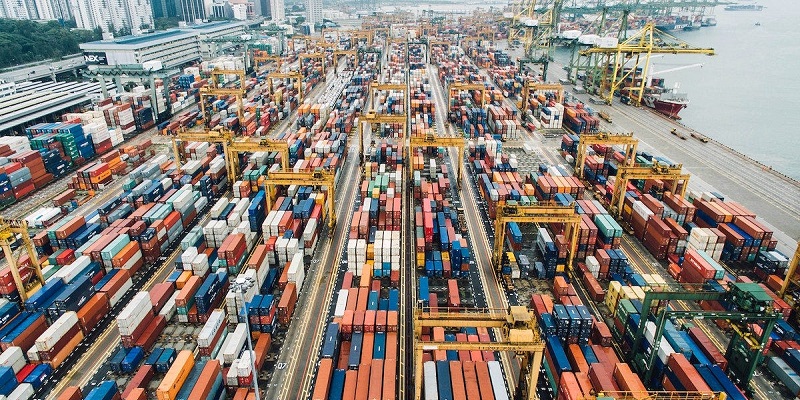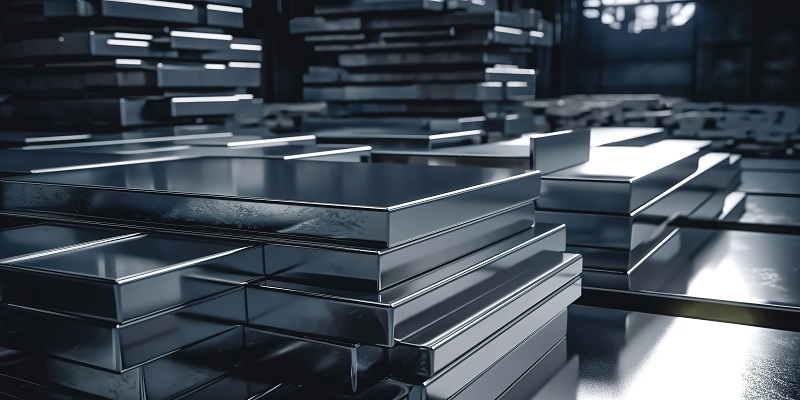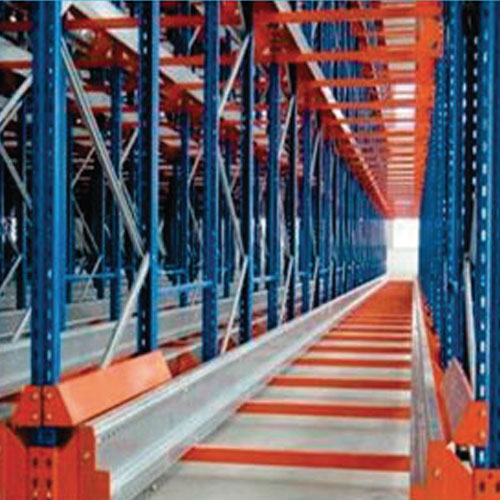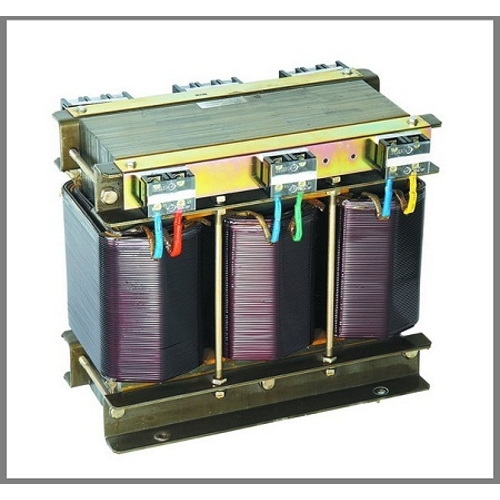Schedule a Call Back
Steel industry: Long products marching ahead
 Technical Articles
Technical Articles- Sep 01,18

Related Stories

Tata Steel becomes the first Indian steel maker to introduce biochar
This innovative approach involves injecting pulverised biochar into blast furnaces via tuyeres, a method successfully implemented for the first time in India in blast furnaces exceeding 3000 m³ vol..
Read more
Port delays and regulations strain India’s steel user industries: GTRI
Policies designed to protect domestic steelmakers, such as import restrictions and quality control measures, have inadvertently hurt industries dependent on imported steel, undermining their product..
Read more
Green Steel firms poised for growth as EU carbon tariffs approach
The CBAM policy is driving established players like India’s JSW Steel to expand their low-emission operations.
Read moreRelated Products

Pallet Shuttle Racking
SCI Storage Solution offers a wide range of pallet shuttle
racking.

Gravity Flow Pallet / Shelving Racking
SCI Storage Solution offers a wide range of gravity flow
pallet / shelving racking.

Auto Transformer
HCS Power Ventures Pvt Ltd offers Auto Transformer. Servottam Autotransformer is an electrical transformer with only one winding. The "auto" prefix refers to the single coil acting on itself and no Read more












